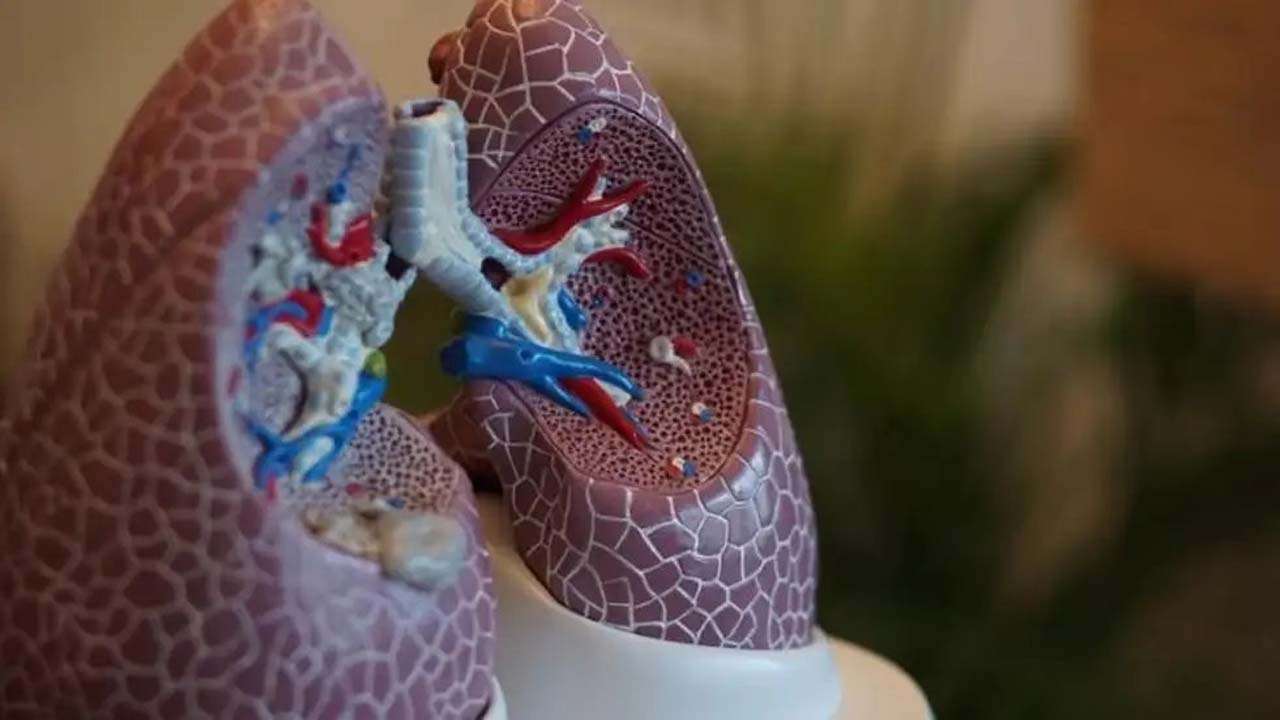Lungs, according to Live Science, a newly discovered cell was discovered hiding in the passageways of the human lungs. And this cell may be critical to the respiratory system’s functionality.
According to a new study, the cells may aid in the treatment and prevention of smoking-related diseases.
According to Live Science, the cells are known as respiratory airway secretory (RAS) cells and are found in passages known as bronchioles.
The study’s senior author, Edward Morrisey, is a respiratory systems professor at the University of Pennsylvania’s Perelman School of Medicine. Morrisey discussed the differences between mouse and human lungs with Live Science.

“It has long been known that the airways of the human lung differ from those of the mouse,” Morrisey told Live Science. “However, new technologies have only recently enabled us to sample and identify distinct cell types.”
RAS cell researchers are critical to the maintenance of a healthy respiratory system.
“RAS cells are what we call facultative progenitors,” Morrisey continues, “which means they act as both progenitor cells and have important functional roles in maintaining airway health.”
As a result, RAS cells may be important in the fight against smoking-related diseases such as COPD, which causes inflammation of the lungs.
“We really don’t know yet whether this discovery could lead to a potential cure for COPD,” Morrisey added. “However, because COPD is a disease about which we know very little, any new insight should help the field begin to consider new therapeutic approaches that could lead to better treatments.”









































